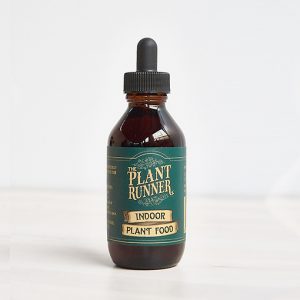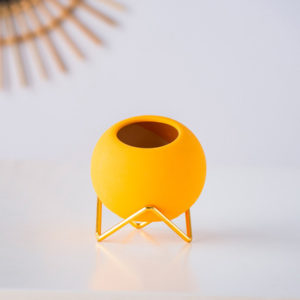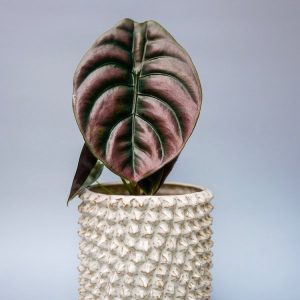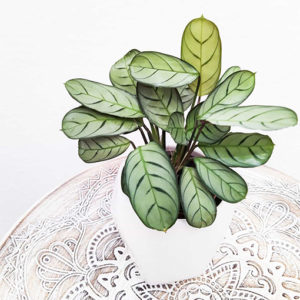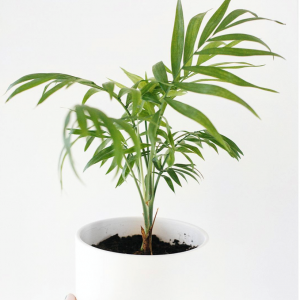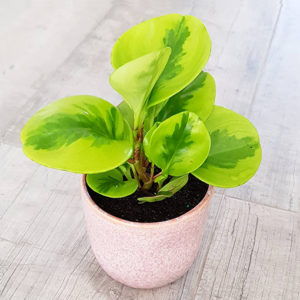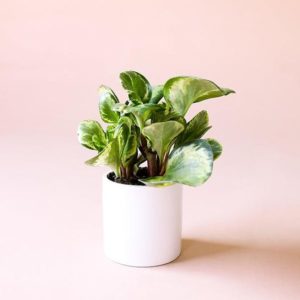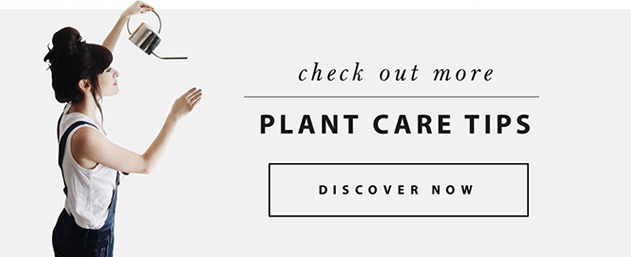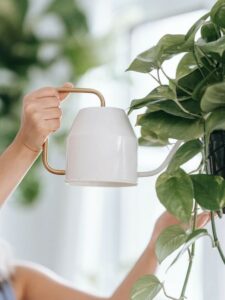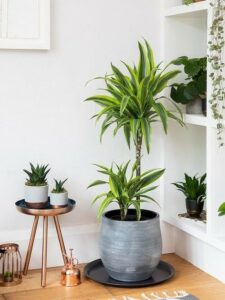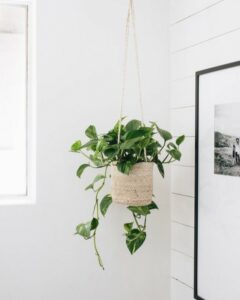
Growing houseplants is like taking care of a child, and there’s a lot you don’t know when
considering growing plants indoors or out in the garden, especially if you’re new to growing plants.
Here are all the ways you’re accidentally killing your plants – and how you can help them
live long, healthy lives instead.
1. Over Watering
The most common cause of houseplants failing to survive is overwatering. People mistakenly believe that all plants should be watered the same way. It’s not true. Different soils have different water holding capacity. Therefore, they come with different anchor points. Too much water causes plants to die because they can’t get nutrients and they tend to lack oxygen. Organisms that live in the soil also die when thereis too much water.
For example, cacti and succulents prefer dry soil. Cactus can survive for months without water. Most succulents thrive with only monthly watering, while weekly watering will kill them. All pots must also have drainage holes in the bottom. When you buy a new jar, there will be a rough border in the center of the bottom of the jar. It’s a thin sheet of plastic that can be easily cut to create a proper drainage hole. After drilling the hole, be sure to place a rock a little larger than the hole to make sure there is enough space for the water to drain and the soil to not seep in.

2. Direct Sunlight
Some people think that all plants need a lot of light. Light is essential, but as always with plants, more is often too much. Some plants need full sun – and others need partial sun, or even prefer shade. It’s up to you to figure out what your plants need and place them in your home or office accordingly.
If you live or work in a place that doesn’t get a lot of natural light, consider using indoor grow lights. They can make a huge difference.

3. Over-Fertilization
Plants need the right food to grow. Most of the plants you buy are well fertilized by the seller. It is best to consult and ask the seller about the need to fertilize the plant, because too much fertilizer can damage the plant. This term is known as “compost burning”. Symptoms include anything from stunted growth to leaf drop and browning. Look for these signs to know when you’re over-fertilizing your plants.
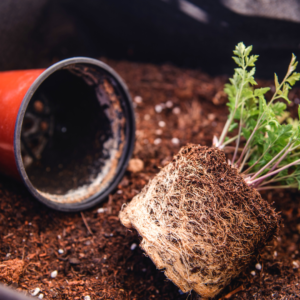
4. Small Pot Size
A larger pot ensures that the plant can get enough nutrients and moisture from the soil, even with occasional care. Use suitable flower pots. Pots that are too small will cause the roots to grow too much, and pots that are too large will cause moisture to accumulate and cause root rot.
If your plant seems to have outgrown its current housing, you will need to purchase a new container that is 1 or 2 inches wider than the previous one.
Take the opportunity to refresh the soil by adding nutrients to the plants in your new home.

5. Wrong plant for your lifestyle
You’re the one who knows your routine best – if you’re the type to spend very little time at home, maybe a high-maintenance houseplant isn’t right at the moment.
If you travel a lot – or don’t spend much time at home – low-maintenance plants are probably your safest bet.

6. Not checking the roots
Most of us are so engrossed in what a plant’s leaves, stems, and flowers look like that we overlook the roots – or forget they’re there. If you’ve had a houseplant for a long time and you don’t repot it, it will be bound to that pot. Under optimal conditions (if the plant is not slow growing), the plant will grow faster in a pot after a year or two.
When the leaves start to turn yellow or you see roots sprouting, that’s a signal to repot the plant. This mark is due to less space and freshness to grow healthy.

7. Not Cleaning the Leaves
Most people are surprised to learn that you need to clean leaves as part of your houseplant care regimen. There are several reasons why this is important. First of all, it makes your plants look shiny and beautiful! Something none of us can find a problem with.
Second, it also improves the health of your crops! Clean the leaves from time to time to make them attractive and keep the plant healthy. A cleaner leaf surface will absorb more sunlight, facilitating photosynthesis.
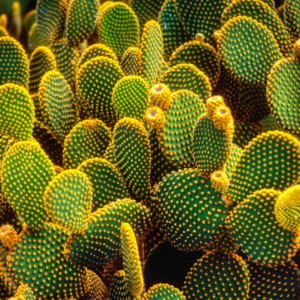
8. Overcrowding
Plants are living things and they (like us) need space and growth to thrive. Placing too many plants in the same pot or placing numerous different species in the same trellis can have a suffocating effect. Repotting mistakes often include squeezing too many plants into the same pot in an attempt to create a “full” display.
Give your plants a chance to breathe and resist the urge to be so “hygge” that you’ll stuff the greenery up your chimney and drown all the inhabitants.
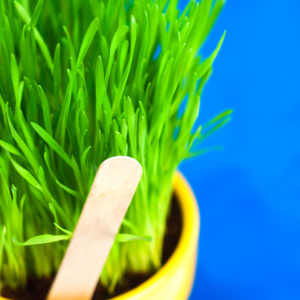
9. Buying without labels
More and more, we’re learning that “labeling” people is bad for happiness and self-acceptance. The same is not true of houseplants. One of the worst mistakes you can make is going to a plant stand and buying a plant that looks good but doesn’t have a label, name, or care instructions.
One size does not fit all when it comes to houseplant care. It is essential to understand exactly what plant you are purchasing from and be able to adjust its maintenance routine accordingly. Learn about the plant, ask the seller for its background, any diseases it may have, his advice, learn as much as you can so your purchase has a chance to live. highest residual.
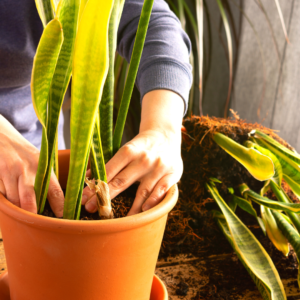
10. The ‘Green Thumb’ myth
The myth of the green thumb basically says that some people are born with a natural aptitude for botany and plant care aka “green thumbs”, in when others are unlucky and kill everything green they touch.
The truth is that most of us fall somewhere between these two extremes, especially as we begin our journey into houseplant care.
The trick is not to let some completely sick or dead plants put you off.
Likewise, do not assume that you are God and that your plants are infallible.
Sometimes plants die
through no fault of ours, and sometimes we just need to learn through trial and error. Keep reading,
researching, learning and most importantly try. After a while, we can all have a slightly greener thumb.

